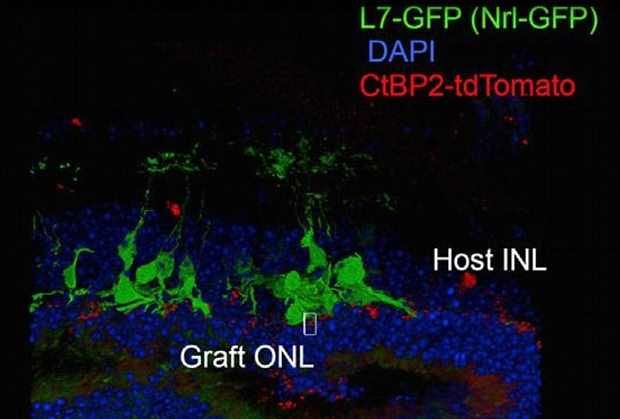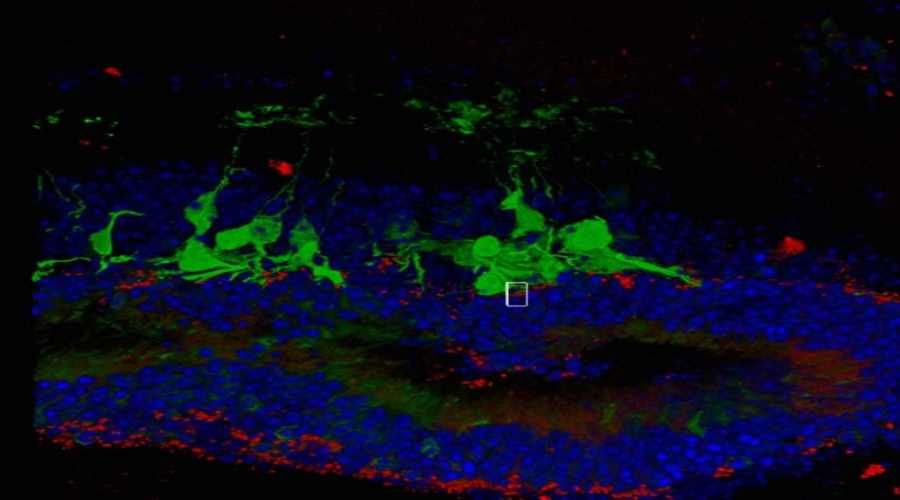Japanese scientists have restored the eyesight of mice
The results of the work of Japanese researchers restore hope to blind people. Researchers at the RIKEN Center for Developmental Biology have transplanted stem cell-derived tissue into mice suffering from advanced retinal degeneration. The graft fused with the recipient cells and showed a response to light.
The Japanese used a technique involving the use of so-called. induced pluripotent stem cellsóstem cells (iPSCs). It allows scientists to reprogram the comórek to a basic embryonic-like stage. As a result, the comóThese rks can form intermittentóThe body’s different tissues. In this wayób obtained a structure similar to the outer nuclear layer of the retinaówki, followed by transplantation into mice.
Researchers were unsure whether cultured tissue of the nuclear layer of the reticularówki will combine with the comórkami recipients and whether it will respond to light. It turned out that the method used works. The tissue recovered perfectly after transplantation, fused with the cellularómice and formed photoreceptors.
The researchers also showed that the resulting new cellsórki w siatkówce not only respond to light, but róThey also transmit this information to the mózgu. – Transplantation of retinal tissueóThe study showed that synapses were formed, connecting the transplanted tissue to the comórkami recipients. We have collected data thatóre prove that the signal from the retinaówki goes to the mózgu. No one has succeeded before – said Michiko Mandai, Ph.
Almost in half of the rodents, on whichóThe recovery of reduced visual acuity was observed in patients tested with the therapy. The technique developed by the Japaneseów is still in the development stage and is far from being used in humans. Changes were observed in mice about a month after transplantation. Human retinaówka matures much more slowly, so the period of future treatment will be longer.

The fusion of the cellsóThe graft and retinaóin the recipient’s. In green, the comórki of the recipient, in red the comócells from transplanted tissue. Photo. Mandai et al./Stem Cell Reports 2017 / press materials
The results of the RIKEN Center for Developmental Biology researchers’ work are very good news for people suffering from retinal degenerationówki. This is one of the most common causes of vision deterioration or loss of vision. This occurs by damaging the photoreceptoróIn the nuclear layer of the reticularówki. The method used by the Japaneseów gives such people a chance to regain the ability to see.
Scientists have no intention of resting on their laurels. – We still need additional research, but we hope to obtain similar results in human – announced Masayo Takahashi, coóauthor of the study.
The findings were published in a reputable journal "Stem Cell Reports".
